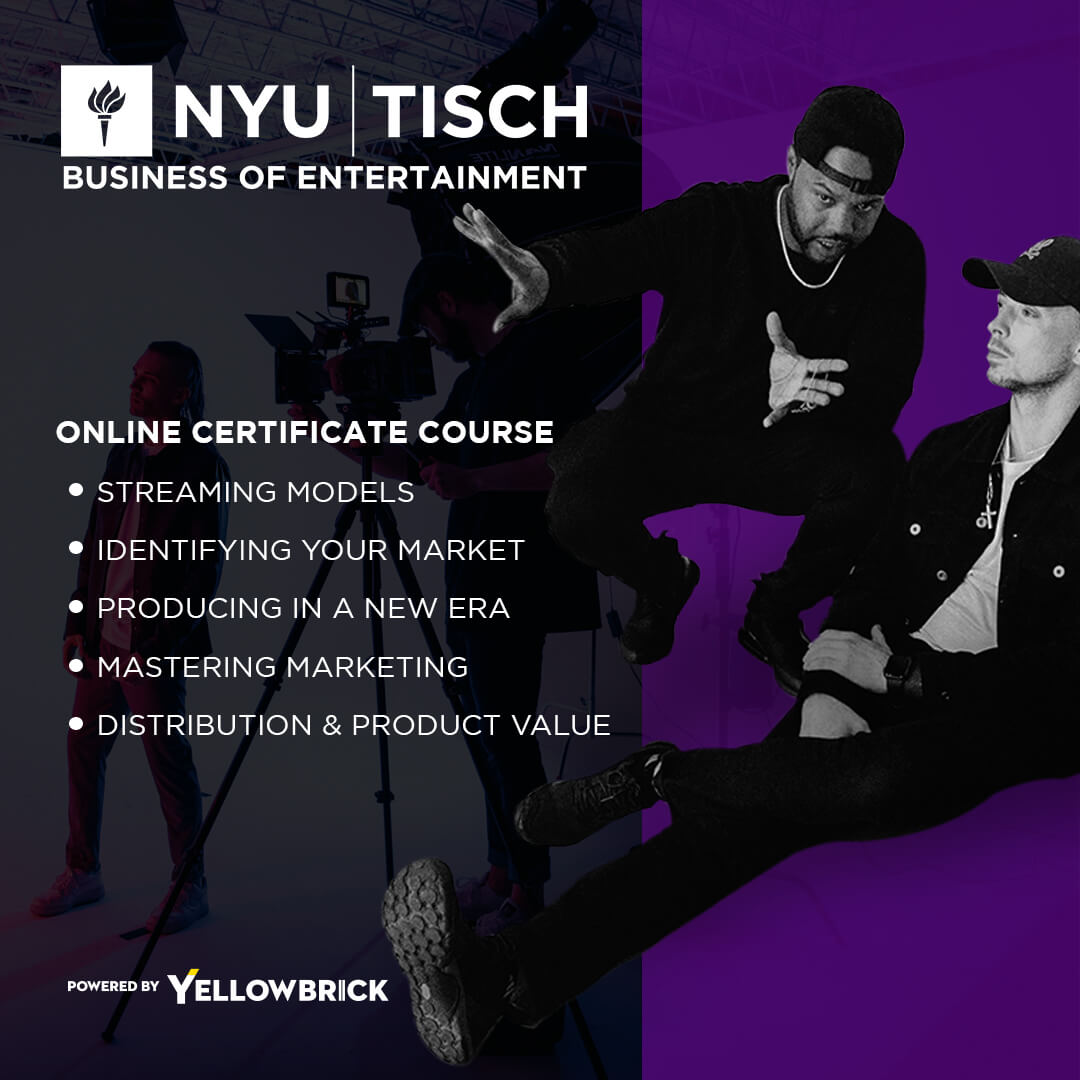Managing Creative Content Development: Strategies for Success
In today’s digital age, managing creative content development has become a crucial aspect of any successful business or organization. With the increasing demand for captivating and engaging content, it is essential to have a well-structured and efficient process in place. Whether you are a content creator, marketer, or business owner, understanding the key principles and strategies for managing creative content development can significantly impact your success in the industry. In this blog post, we will explore various approaches and best practices that can help you effectively manage and streamline your content development process.
1. Define Clear Objectives and Target Audience
Before diving into the creative process, it is essential to define clear objectives and identify your target audience. Understanding the purpose of your content and who it is intended for will guide your decision-making throughout the development process. Take the time to research and analyze your target audience’s demographics, interests, and preferences. This knowledge will enable you to create content that resonates with your audience and drives engagement.
2. Create a Content Strategy
A well-defined content strategy is the foundation of successful content development. It involves outlining your goals, determining the types of content you will create, and establishing a consistent brand voice. Your content strategy should align with your overall business objectives and reflect your brand’s values and identity. Additionally, consider conducting a competitive analysis to identify content gaps and opportunities within your industry.
3. Establish a Collaborative Workflow
Managing creative content development often involves collaboration between various team members, such as writers, designers, and marketers. Establishing a collaborative workflow is crucial to ensure smooth communication and efficient content production. Utilize project management tools and platforms to streamline the process, assign tasks, set deadlines, and track progress. By fostering a collaborative environment, you can leverage the diverse skills and expertise of your team members to create high-quality content.
4. Conduct Thorough Research
Thorough research is a critical step in developing creative content. It helps you gather relevant information, identify trends, and stay up-to-date with industry developments. Research can take various forms, including market research, competitor analysis, and content audits. By staying informed, you can create content that is valuable, informative, and engaging for your audience.
5. Develop a Content Calendar
A content calendar is a powerful tool for managing creative content development. It allows you to plan and organize your content creation efforts, ensuring a consistent flow of content. A well-structured content calendar helps you stay on track, maintain a consistent publishing schedule, and avoid last-minute rushes. Consider using tools like Google Calendar or project management software to create and manage your content calendar effectively.
6. Foster a Culture of Creativity and Innovation
Managing creative content development involves fostering a culture of creativity and innovation within your team or organization. Encourage brainstorming sessions, welcome new ideas, and provide a supportive environment for experimentation. Embrace a growth mindset and continuously seek ways to improve and refine your content development process. By fostering a culture of creativity, you can consistently produce fresh and engaging content that sets you apart from your competitors.
7. Track and Analyze Performance
Once your content is published, it is crucial to track and analyze its performance. Use analytics tools to measure key performance indicators (KPIs) such as website traffic, engagement, and conversions. Analyzing content performance provides valuable insights into what works and what doesn’t, allowing you to optimize your future content development efforts. Make data-driven decisions and adapt your content strategy based on the results.
Key Takeaways:
- Define clear objectives and identify your target audience to guide your content development process.
- Create a well-defined content strategy that aligns with your business objectives and reflects your brand’s identity.
- Establish a collaborative workflow to ensure smooth communication and efficient content production.
- Conduct thorough research to gather relevant information and stay informed about industry trends.
- Develop a content calendar to plan and organize your content creation efforts.
- Foster a culture of creativity and innovation within your team or organization.
- Track and analyze the performance of your content to make data-driven decisions and optimize future efforts.
By implementing these strategies and best practices, you can effectively manage your creative content development process and drive success in the industry. As you continue to develop your skills and knowledge in this field, consider exploring educational opportunities that can further enhance your understanding. One such option is the “NYU Business of Entertainment” online course and certificate program offered by Yellowbrick. This program provides valuable insights and practical knowledge to help you navigate the business side of the entertainment industry. Consider enrolling in this course to gain a competitive edge and take your creative content development skills to the next level.








